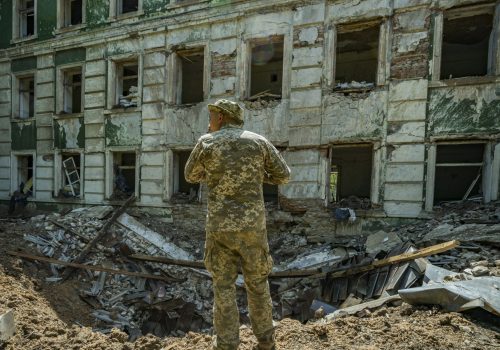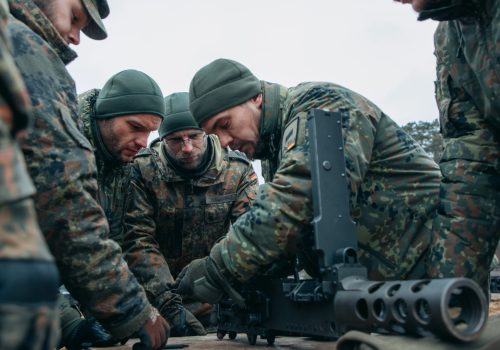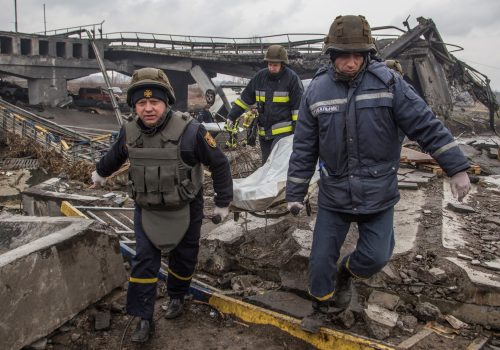Climbing the escalation ladder in Ukraine: A menu of options for the West
After making slow but steady gains in eastern Ukraine recently, Russia has inched closer to its recalibrated goal of seizing the entire Donbas region. Even though its military has sustained heavy losses—and while the Kremlin’s current objectives are much smaller than its initial goal of capturing Kyiv and overthrowing the government—the chances of escalation in this war persist. The Ukrainians’ successful use of Western-supplied, high-precision weapons such as the M142 High Mobility Artillery Rocket System (HIMARS) might compel the Kremlin to boost its aggression.
Although seemingly unfeasible, Moscow could still attempt to conquer all of Ukraine at a later date, or simply wear down the Ukrainian military with eye toward forcing Kyiv into once-unthinkable concessions. Carpet bombing or chemical or biological attacks could be used to quash Ukrainian resistance in major occupied cities such as Kherson—especially if a looming Ukrainian counteroffensive risks ousting the Russian military there. While also remote, there is a chance of the use of low-yield tactical nuclear weapons to break the entrenched and battle-hardened Ukrainian lines in the Donbas.
In short, the Kremlin’s invasion may have slowed to a war of attrition against the Ukrainian military—but it still has enough tools at its disposal to escalate the war.
This is why the West needs to prepare itself for intensified warfare between Ukraine and Russia, or even between Russia and the West (chiefly of a hybrid nature). How will it seek to aid beleaguered Ukraine should Russia choose to escalate? What will it do in direct response to heightened Russian aggression? And what can it do right now to dissuade Russia from taking dangerous next steps that could precipitate a wider war?
We have assembled a list of possible policy responses the West ought to consider according to the approximate level of escalatory severity. Each choice is accompanied by an assessment of how it might play along the consequence/appropriateness spectrum, based on its impact on Ukraine, Europe, and the rest of the transatlantic community. Each set of measures is set off by separate crisis triggers, but they are still listed in order of escalating intensity.
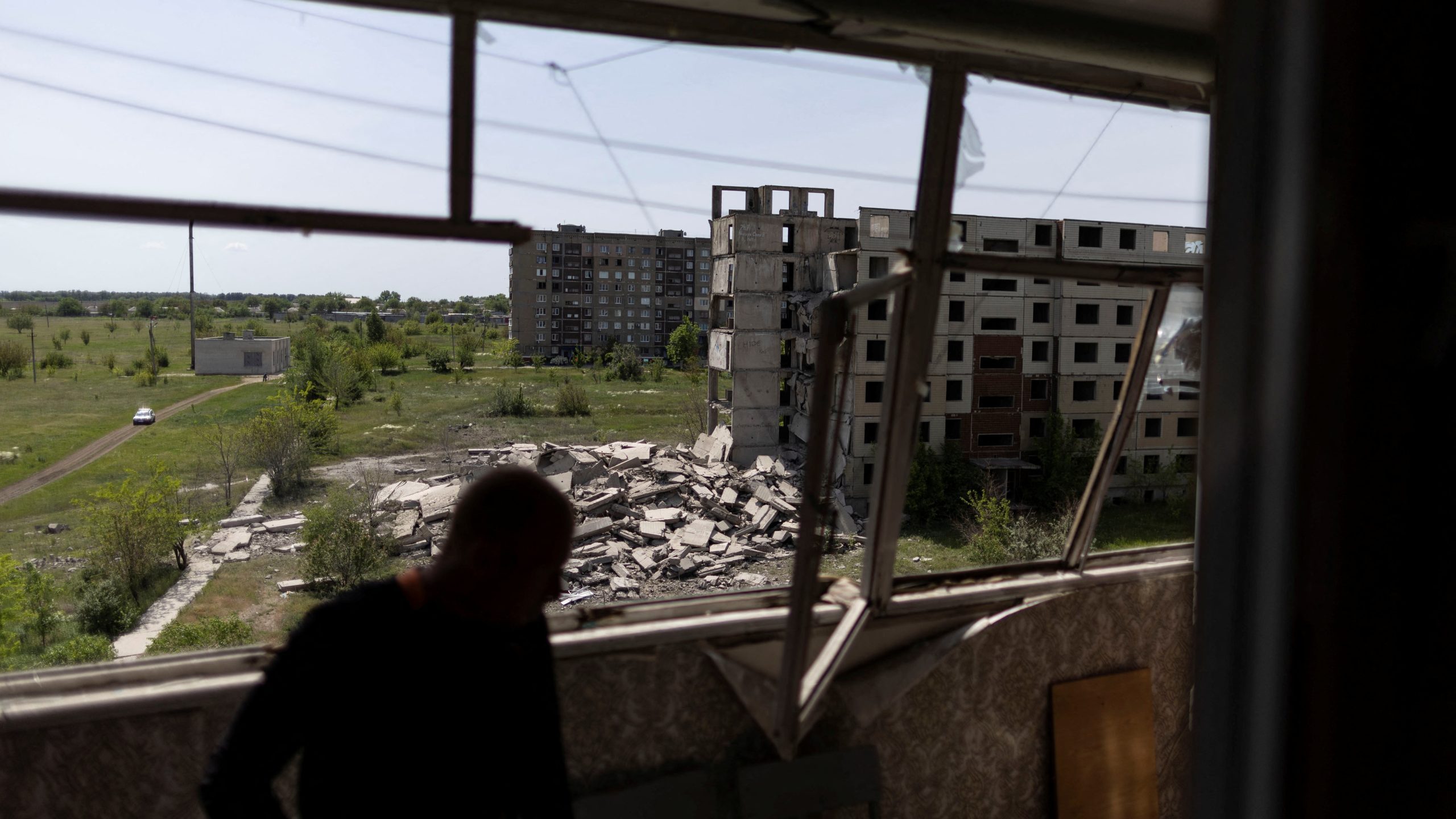
1. Approximate level of current violence
The following steps should be considered if Russia continues its indiscriminate attacks on civilian infrastructure and population centers, but on a larger scale. The measures listed here are more prudent—designed to bolster Ukraine’s fighting strength without pushing Russia into mutual escalation and paving the way to a war between the United States or NATO and Russia.
Formalize military aid through lend-lease: NATO and the European Union (EU) should follow the United States’ lead by formalizing their military aid program to Ukraine, modeling it on the Ukraine Democracy Defense Lend-Lease Act of 2022. Such a program could be an opportunity for former Eastern Bloc states and Finland (which has military equipment compatible with Warsaw Pact-era specifications) to ship their old surpluses to Ukraine while replacing them with modern military technology with a focus on offensive weapons, including attack aircraft and unmanned aerial vehicles, armored vehicles, and ground-based fires such as multiple-launch rocket systems and long-range artillery.
Institute radical openness toward dissidents and soldiers: During the Cold War, the West maintained a policy of radical openness toward people wanting to flee from the Soviet Union or the Eastern Bloc. The United Kingdom and European Union should revisit this policy by lifting their travel bans on sanctioned Russians and Belarusians who may wish to defect. They should also support Ukraine’s efforts to accept defecting Russian soldiers who fear returning to a home that is under increasingly totalitarian rule. The West should also consider extending their openness to these defectors in case Ukraine runs out of capacity to accept them.
Close sanctions loopholes: Several large loopholes in existing sanctions regimes, such as the US Treasury’s decision in May to begin blocking Russia’s debt payments, have already been closed. But other loopholes remain intentionally open, such as the eighteen-month exemption for Russian pipeline oil built into the EU’s ban on 90 percent of Russian oil imports by February 2023. Nonetheless, many structural vulnerabilities still exist in the West’s economic defenses against Russian weaponized corruption and energy coercion, such as dependence on gas and official corruption, which need to be addressed to ensure the effectiveness of sanctions.
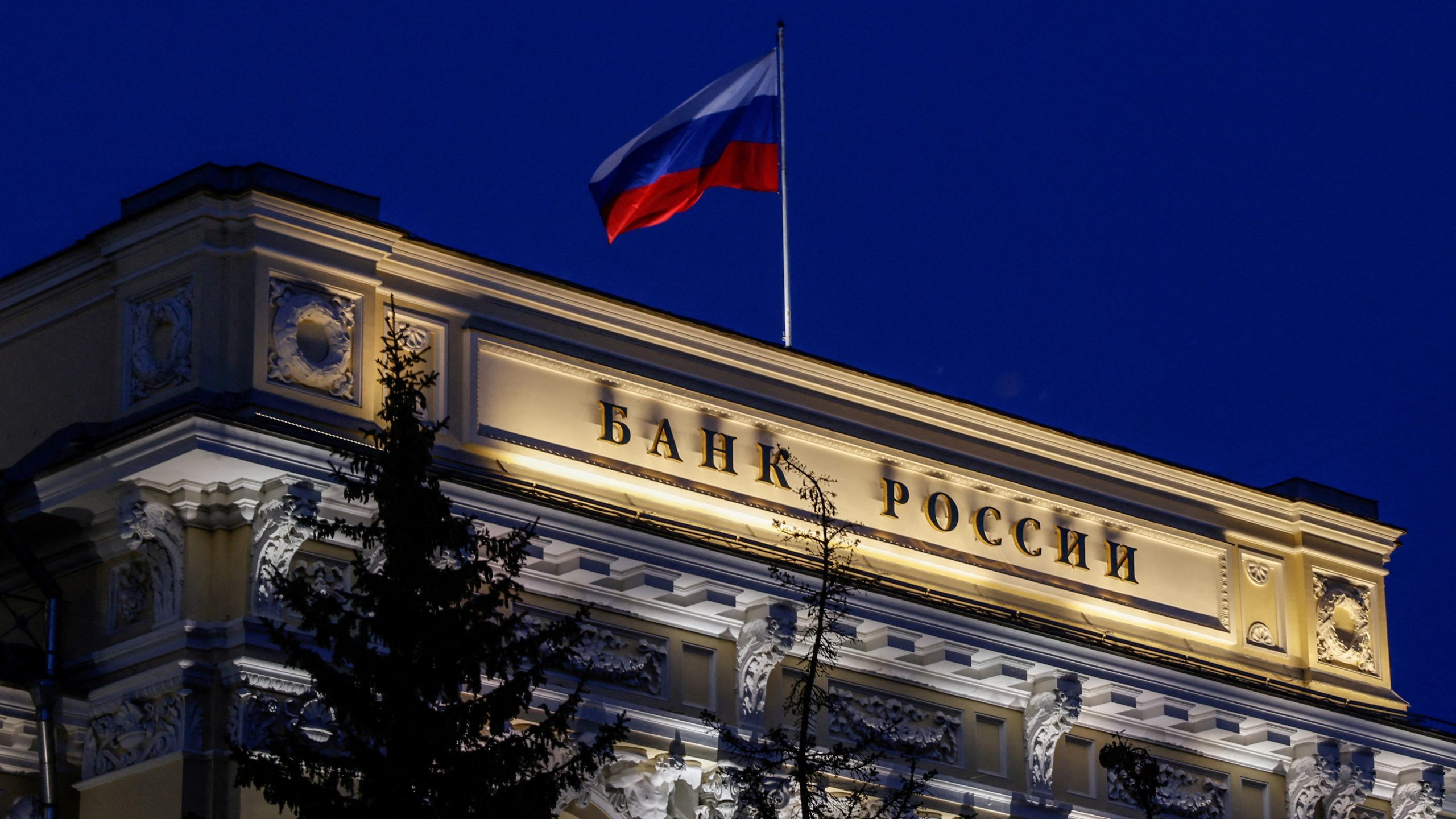
2. Russian economic retaliation intensifies
Facing the brunt of Western economic sanctions, the Kremlin increases its retaliatory measures against Europe and other Western economies—such as limiting or outright stopping oil and gas shipments to Western countries reliant on Russian hydrocarbons, as well as terminating contracts with individuals and entities the Kremlin designates through sanctions as adversarial to Russia. Primarily economic in nature, the measures listed below would limit Russia’s participation in the global financial system beyond the steps already taken by the West.
Expand the scope of de-SWIFTing: As of June, only seven Russian banks have been removed from the SWIFT payment network (though the European Commission has proposed removing three more). The United States should work with the European Commission to identify more Russian banks to be disconnected from SWIFT, on a scale similar to what was used to remove hundreds of Iranian banks in 2012. Such a measure would raise the costs on Russia by reducing the ability of its banks to interact with the global financial system, decreasing the funds that the Kremlin could use for its war chest.
Bring about crash decarbonization: While a total cut-off from Russian hydrocarbons would have a severe impact on the EU’s economy, US President Joe Biden could issue an executive order based on the Defense Production Act to develop a US green industrial policy. It would produce and export a huge number of heat pumps, solar panels, and other sustainable energy technology to Europe under terms similar to the World War II-era Lend-Lease program. This would ensure that the reduction of Europe’s reliance on Russian oil and gas is not merely transferred to other petroleum-exporting authoritarian states.
Pull a reverse OPEC: Before the oil embargo is fully implemented, Europe could impose a price cap, reducing Russian energy imports into Europe piecemeal while forcing new customers to pay rents for continued business with Europe. The idea is already under consideration by the Group of Seven (G7) nations. This arguably could be more successful than a full-scale embargo in terms of crippling Putin’s war chest, as it would cut into Russian export income from oil and gas globally, not just from Europe, and would protect consumers feeling the impact of inflation. The only response the Kremlin could have would be to reduce its oil exports, which would only cut into its own oil revenues. But for this to be effective, the G7 and the EU would need to impose secondary extraterritorial sanctions on countries that continue to import Russian oil and gas—such as Turkey, India, and China—which would mean forcing them to pay up to the price cap. (While this may push them closer to Russia, diplomacy on this issue has proven unsuccessful in getting these countries to reduce their oil imports from Russia.) Further, Western naval authorities could boost their efforts in tracking down Russian oil tankers that have “gone dark” to avoid detection.
Establish common European debt: To facilitate the big increase in military spending promised by NATO members and the mass production required for crash decarbonization, the EU must consider implementing a burden-sharing scheme in the form of joint EU bonds. If member states all commit to increasing their military spending to at least 2 percent of their gross domestic product, that alone would increase overall expenditure for the entire bloc by 25 percent, according to Reuters. This way, states that are not on potential front lines with Russia (and also not as reliant on Russian hydrocarbons) would be able to ensure that the cost of these policies does not rest so heavily upon the EU citizens more at risk of Russian aggression and manipulation.
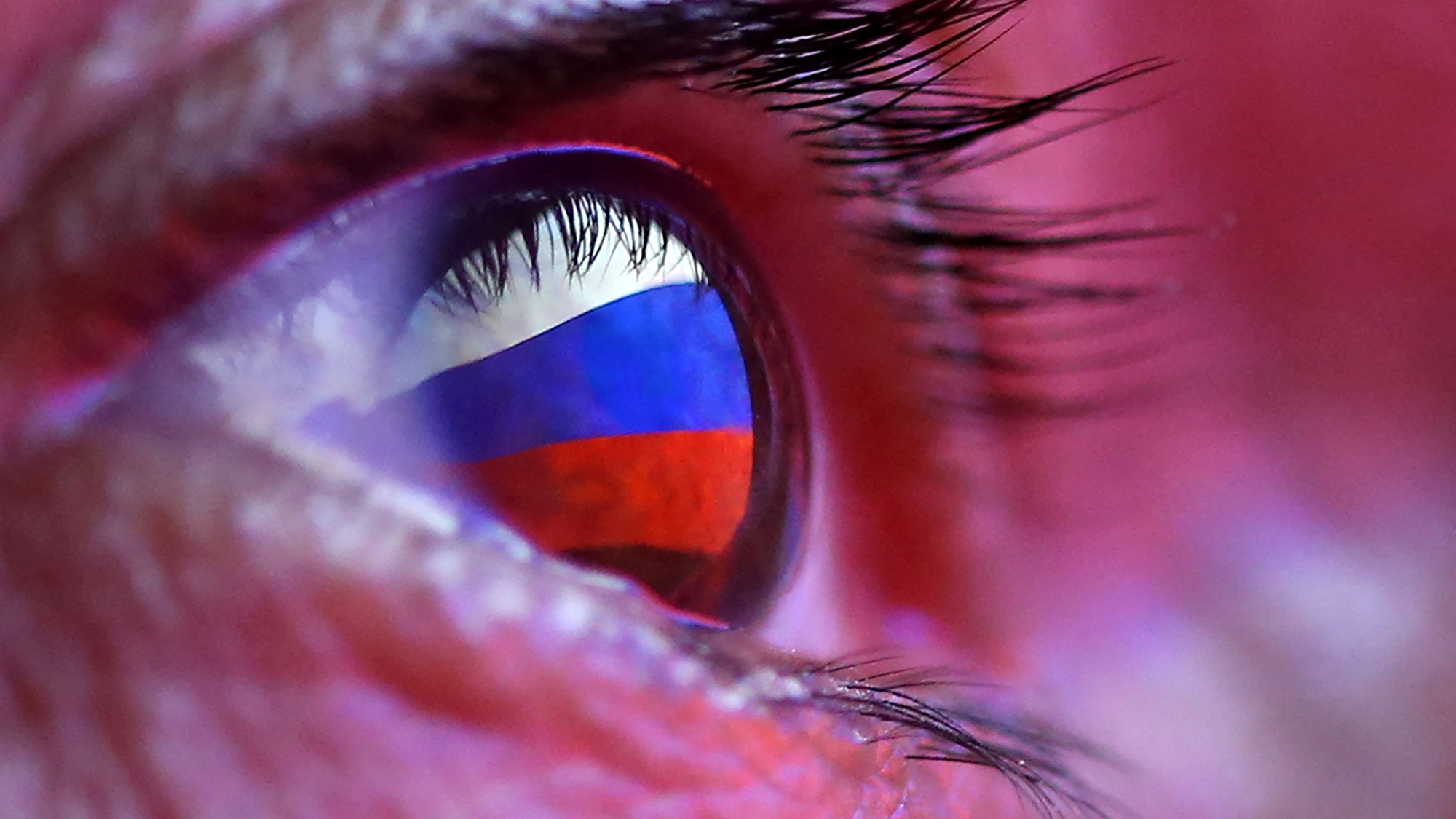
3. Russia stages a cyberattack
Bogged down in its land war and facing mounting economic difficulties, Russia decides to stage a cyberattack similar to the one it deployed against Estonia in 2007—but on a much larger scale, targeting critical infrastructure such as oil pipelines (similar to the Colonial Pipeline attack in 2021). The West’s response will need to be calibrated in order to show the public that it is fighting back in this new zone of warfare. It should include to following measures to apply additional non-kinetic pressure on Russia.
Freeze or wipe Ukraine’s debt: Russia could launch a cyberattack as the first step in escalation against NATO itself, which is why it would be especially critical for NATO to streamline military aid to Ukraine to continue tying down conventional Russian military forces—therefore limiting Russia’s offensive abilities to the cyber domain. This can be partly achieved by freezing or wiping Ukraine’s debt. As of May, Ukraine’s public debt had ballooned to $101.4 billion. The G7 finance ministers are discussing the necessity of suspending or even wiping Ukraine’s national debt so it can maintain its war economy and continue production for military equipment and defenses. Part of Ukraine’s national debt could also be offloaded through swap lines to its central bank, ensuring that Kyiv will not default on its debt and face serious difficulty in maintaining funding for its military. (It’s worth noting, however, that Kyiv has not publicly requested the freezing or wiping of its debt.)
Kick Russia off the Financial Action Task Force (FATF): The Financial Action Task Force is an intergovernmental organization that sets international standards against money laundering and other financial crime. While Russia remains a FATF member as of June despite its invasion, it was barred from holding any leadership or advisory roles (among other steps to limit its influence within the group). Even with these new restrictions, its continued membership in FATF remains tenuous, and a cyber-warfare campaign conducted against fellow FATF members could compel the organization to expel Russia entirely—since targeting critical infrastructure with a hack would be a step far beyond sanctions or economic retaliation. Although there is no official rule preventing FATF members from joining the FATF blacklist, Russia’s expulsion would make it much more likely to join the blacklist. This would make it harder for Russia to recover financially even if most sanctions against it were lifted, since the global private sector would hesitate to do business with a blacklisted country.
Build a global ‘Anti-Invasion Coalition’: As an emergent form of warfare, a large-scale Russian cyber-warfare campaign against the West would likely spark concern across the world, especially from countries that fear similar attacks from China and North Korea. This is why Western allies should work closely with major partners like Japan, South Korea, Taiwan, and Singapore—and consider reaching out to less-developed states in Africa and Latin America that have expressed similar fears—to exchange information about protecting critical infrastructure and identifying potential cyber threats. This development of cyber defense and deterrence would form the basis of the anti-invasion coalition.
Mount a cyber response: If Russia attacks the United States and/or its European allies, Washington must be prepared to respond with either a proportionate or disproportionate response, depending on the scope and effect of the Russian cyberattack. Targets could include Russian military networks and systems, President Vladimir Putin’s cabal of advisers, and influential Russian oligarchs, aimed at disabling the political and cyber structures that ordered and executed the cyber-warfare campaign.
Retaliate with a horizontal response: The West could also respond by countering Moscow’s influence in another area. For example, Western partners could close their ports to at least the Russian navy with the possibility of closing off other ports to all Russian ships as an extension of sanctions policy (if there is consensus for it). This policy has already begun in the United States, Canada, and parts of Europe. Other options for a horizontal response would escalate ongoing public influence campaigns against the Wagner Group of Kremlin mercenaries in Syria, Africa, and anywhere else they operate.
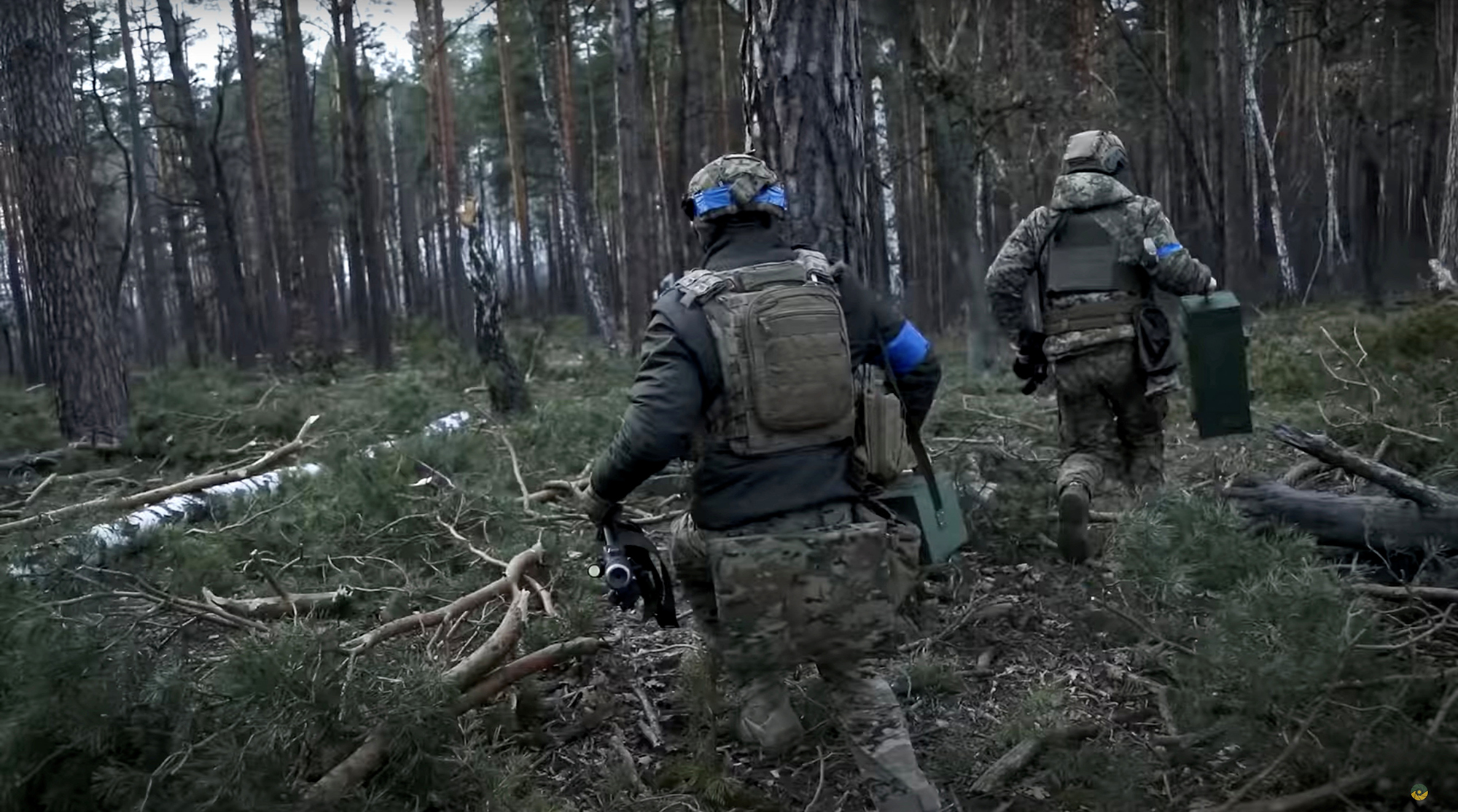
4. Ukrainian troops face a battlefield defeat
The following steps should be considered if Russia successfully regroups and conducts a major new offensive against the Ukrainian military that threatens to shatter their defenses in the Donbas or southern Ukraine (or both). The measures listed here are designed to both address the humanitarian catastrophe that would likely result from this level of fighting and put greater pressure on Russian forces.
Repurpose seized Russian assets: Once sanctions loopholes have been closed, Russian overseas assets can be seized more easily. In addition to crippling Putin’s war chest, assets seized from oligarchs could be used to fund humanitarian aid to refugees and for internally displaced people still in Ukraine. For this purpose, US Reps. Tom Malinowski (D-NJ) and Joe Wilson (R-SC) have introduced the Asset Seizure for Ukraine Reconstruction Act, which would repurpose any assets of sanctioned oligarchs since February 2022 that exceed five million dollars to fund humanitarian aid efforts, post-war reconstruction, and communications technology to ensure information about the war and protests against the Kremlin remains uncensored. The assets would include (but not be limited to) residential properties, superyachts, and private jets. But before taking this option, the United States should take care that the overseas assets of the Russian central bank would be covered by this act as well—and may open an awkward precedent if this route is taken.
Undertake a naval convoy operation to recover grain: After a Russian missile strike threw into question the recent deal to restart grain shipments from Ukraine’s blocked Black Sea ports, it may take a naval convoy to secure this critical route and feed the world. Taking some inspiration from Operation Earnest Will, which the US Navy implemented in the Persian Gulf during the late 1980s, US and NATO naval forces should declare to the Kremlin that they will implement a naval convoy operation to escort grain-carrying merchant ships from Ukrainian ports. This operation, endorsed by former NATO Supreme Allied Commander Admiral James Stavridis, would need to account for a reduced naval presence in the Black Sea due to the Montreux Convention’s limits on the number of naval forces moving through the Turkish Straits. Turkey would also need to be convinced to change its position on blocking all NATO traffic into the Black Sea. However, a smaller-scale operation would likewise reduce the possibility of escalation from the United States and NATO. This convoy would require protection from US or NATO aircraft as well.
Declare a military buffer zone: The defeat of the Ukrainian military in the south and/or east would open up Kyiv and other major cities and strategic zones to Russian advances. Should there be a renewed Russian offensive that encroaches upon territories that had earlier been considered relatively safe, the United States and NATO should announce a twenty-mile-wide neutral “buffer zone” along the border between Poland and Ukraine. This would merely be an official declaration of the existing de-facto situation on the ground, as NATO anti-air and anti-artillery capabilities already cover this twenty-mile-wide zone into Ukrainian territory. The purpose would be to develop political capital to deter further Russian aggression in the area and to potentially open up opportunities to declare protected zones deeper inside Ukrainian territory (see below). NATO forces will defend this buffer zone from Russian air and missile strikes, to ensure no Russian aircraft or missiles enter NATO territory directly. NATO would engage any aircraft or missiles threatening the zone.
Create a protected humanitarian zone: Following the establishment of the buffer zone, if there is an escalation in Russian bombing campaigns anywhere in the country, NATO should expand the military buffer zone into a humanitarian protection zone covering the three westernmost regions of Volyn, Lviv, and Zakarpattia. NATO and the EU would then establish humanitarian-aid camps there and conduct humanitarian airlifts into Lviv and surrounding airfields to rescue Ukrainians aiming to flee into Europe. The zone will be protected by NATO aircraft and air-defense units. Rules of engagement will prevent NATO from taking military action outside of it and will only engage Russian (or Belarusian) forces or weapons that attack the zone.
Launch humanitarian airlifts: Intensified levels of conflict across Ukraine, rather than being concentrated in its east, would spark an increase in refugees into neighboring countries like Poland, Hungary, and Moldova. These refugees will need to be more widely distributed to avoid overloading neighboring countries. Once the airspace above NATO’s eastern flank has been secured in the humanitarian zone, airlifts of Ukrainian refugees from Poland, Hungary, and Moldova to other countries in Europe (like Spain, Portugal, Ireland, Sweden, and Britain), and possibly to Canada and the United States as well, will be much safer.
Undertake a limited military operation: The United States, along with any allied or partner nations wishing to join, would execute a limited military operation to prevent the annihilation of Ukrainian forces. Beyond increasing the ongoing sharing of battlefield intelligence with Ukrainian forces to enhance their force lethality and survivability, the United States would also augment Ukrainian forces by deploying unmanned aerial vehicles and cruise missile strikes against critical Russian targets within Ukraine.
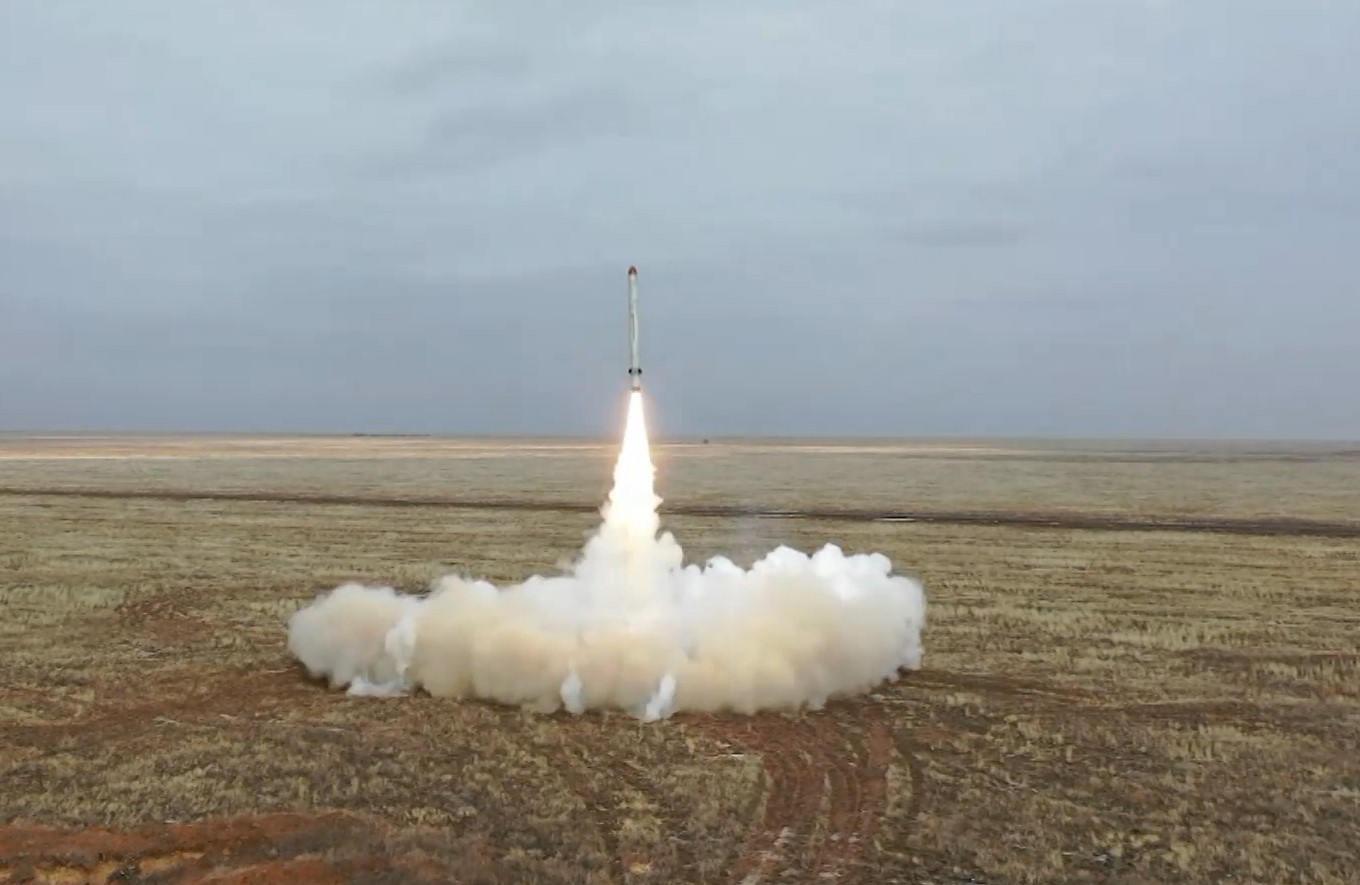
5. Russia uses weapons of mass destruction in Ukraine
The following steps should be considered if Russia uses biological, chemical, or nuclear weapons in Ukraine. But these would be difficult—and potentially irreversible—decisions that will require serious sacrifice on the part of Western publics. They will also raise tensions with Russia to new levels and make normalization seemingly impossible once the shooting stops.
Establish and enforce a no-fly zone in the Donbas: The United States and participating NATO members should announce the establishment of a no-fly zone in the Donbas region. Russian air defenses in the Donbas would be struck, and any Russian planes, helicopters, unmanned aerial vehicles, and drones flying in the Donbas airspace would be destroyed.
Undertake a punitive military operation to reestablish the pre-February 24 line of contact: The United States and participating NATO members should execute a limited air, missile, and naval operation to augment Ukrainian forces in dislodging Russian forces from territory gained since the initiation of the Russian invasion. Allied forces would destroy Russian air and air-defense forces to establish air superiority, and air and missile strikes would be used to attack and decisively defeat Russian ground forces, command-and-control nodes, reinforcements, logistics and supply routes, as well as Russian naval vessels that have instituted a blockade of Ukrainian ports and cut off the nation from resupply by sea. The scope of this option could be expanded to include dislodgment of Russian forces from all Ukrainian territory, including Crimea and separatist-held portions of Donetsk and Luhansk oblasts. This step is at the top of the ladder and should be reserved for only the most extreme Russian provocation, given the real risk that it could lead to World War III.
Francis Shin is a research assistant at the Atlantic Council’s Europe Center.
Damir Marusic is a resident senior fellow at the Europe Center.
Tyson Wetzel is a nonresident senior fellow in the Forward Defense practice of the Council’s Scowcroft Center for Strategy.
Further reading
Thu, Jun 9, 2022
Proxy war or not, Ukraine shows why moral hazards matter
New Atlanticist By C. Anthony Pfaff
Whether NATO and Ukraine are proxy partners matters less than whether they can manage the risks associated with their relationship.
Tue, Mar 8, 2022
What are the risks and benefits of US/NATO military options in Ukraine? Our strategic risk calculator has answers.
The Big Story By Tyson Wetzel, Barry Pavel
A strategic risk calculator for policymakers on both sides of the Atlantic to assess the possible risks and benefits of boosting their military assistance to the Ukrainian government.
Fri, Apr 1, 2022
In Ukraine, I’ve seen the impossible become possible. The West hasn’t grasped that yet.
New Atlanticist By Dan Peleschuk
Atlantic Council editor Dan Peleschuk reflects on what it's like watching stark realities unfold—and why policymakers should act now.
Image: A Ukrainian soldier observes the ruins of the destroyed residential house in Slovyansk, Ukraine, on July 20, 2022. Photo by Alex Chan Tsz Yuk / SOPA Images/Sipa USA/REUTERS.
